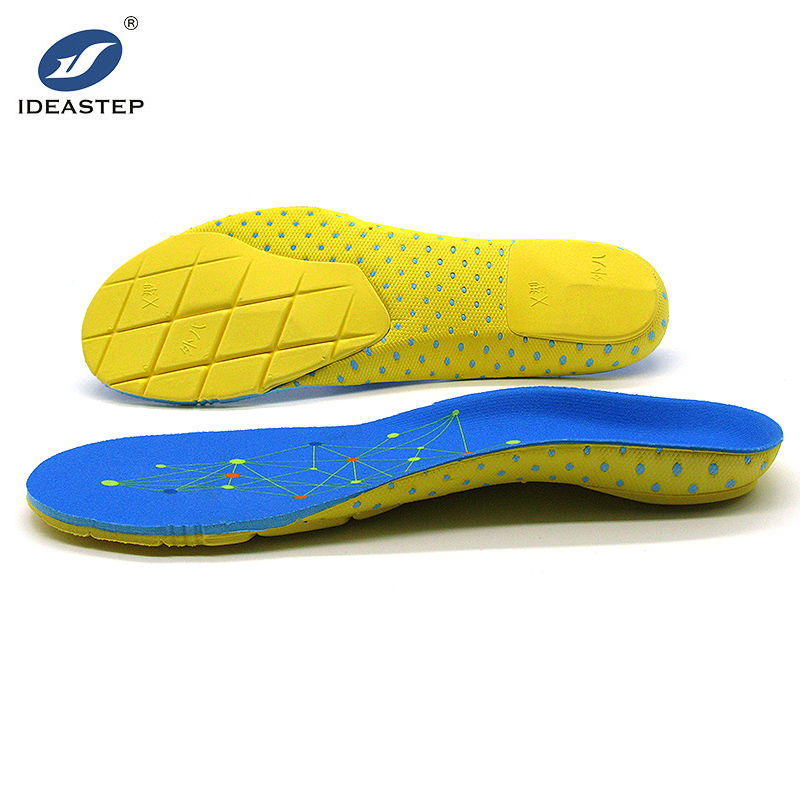In 2021, here are the best insoles for bunions.
On my right foot, I have a bunion. Because of the protruding bump and curved silhouette of my foot, I am still self-conscious about how my feet look in sandals and flip flops in the summer. But what irritates me the most, and this is a year-round question, is how difficult it is to find closed shoes that fit well and are comfortable to wear for long periods of time.
Fortunately, after some research and multiple purchases, I discovered a world of “good” bunions shoes that not only suit but also look super sweet!
But, before I show you these shoes, let’s go through some of the main characteristics of the best shoes for bunions.
Orthotic Insole: A bunion is a bone deformity, and while true bunion correction or treatment is not possible without surgically removing the bone, the condition can be treated to relieve pain and discomfort while allowing you to remain physically active. This is where getting an orthotic insole comes in handy. Excess motion or overpronation is a common cause of bunions. Orthotics in the shoes can be used to treat overpronation and the excess motion it induces. The majority of shoe brands only use a small, flat footbed that does little to help the arch or balance the body. Orthotic shoe brands like IDEASTEP, on the other hand, build their shoes with orthotic insoles that are the most similar to custom ones. The arch is in the proper place, a little farther back, protecting the feet and preventing them from rolling inwards.

Upper Material: There are a variety of materials used to make shoes. There are, however, unique ones that are much better for bunions because they stretch and flex across the disfigured bones without adding any additional strain. The best choices for bunions are stretch knit cloth, mesh, and soft pliable leathers.
Widths: Most footwear brands stick to the “one width fits all” rule, which can cause more harm to your feet and sensitive bunions. Many people have big feet or feet with various conditions that necessitate the extra space, which specialty footwear brands recognize. There are wide, extra wide, and even extra extra wide options available to match almost any foot. Broad width shoes can provide a relaxed and comfortable fit for your feet and bunion without squeezing them.
Heel height: A lower heel height is preferable. Alternatively, if the shoe is ergonomically made, the heel would not put any strain on the forefoot or toes. A higher heel can move weight from the backfoot to the forefoot, putting more stress on the already weakened joints (the bunion), exacerbating the problem and increasing discomfort.
If you can’t find shoes with a big width, look for ones with a wide, round toe box that has a nice height to it. Dress shoes, ballet flats, and high heels/pumps are the worst shoes to wear if you have bunions because they have the opposite effect. Their forefoot is short, pointed, and has very little room for the toes, pressing them together. A good toe box can give the bunion enough room to travel around and facilitate biomechanical movement.
Interior: Since bunions are prone to being inflamed and painful, any contact with them should be gentle and non-irritating. To provide optimum security, the best walking shoes for women with bunions should have a soft, generously padded lining. It’s even easier if the lining is free of seams, as this means that no fibers irritate the skin further. This is particularly important for diabetics and neuropathies who have lost sensation in their feet and toes.
Extra depth: Sneakers or any other type that fits bunions should have extra depth all the way down the shoe’s length, from heel to toe. The extra depth allows the bunion and toes to pass around more easily. Furthermore, since bunions typically necessitate the use of a custom or over-the-counter orthotic, the extra depth makes for a more comfortable fit.
Related Article:
What is the best insole for running?
Some tips for diabetics who have just been diagnosed.
Are orthotics good for plantar fasciitis?
